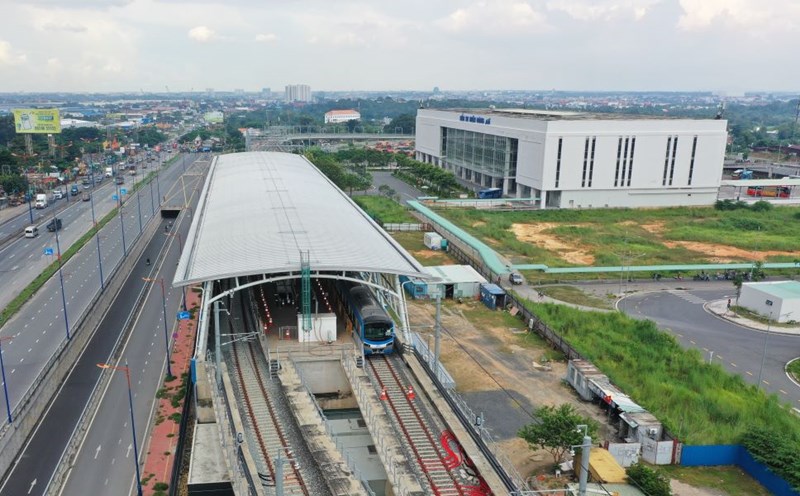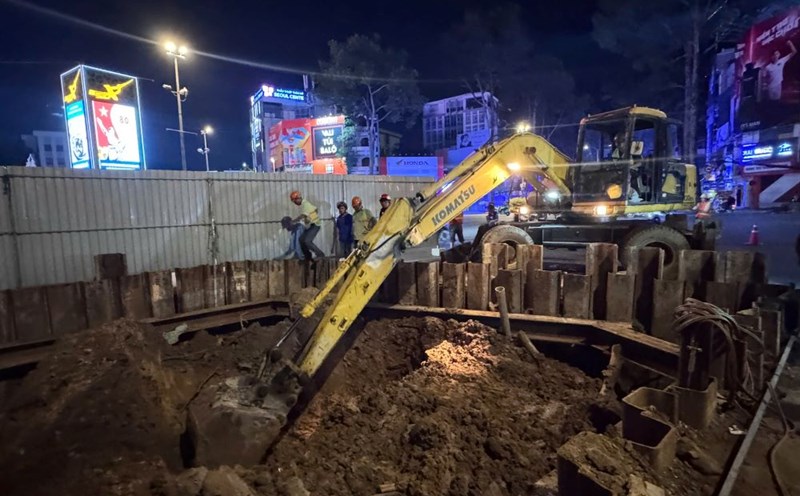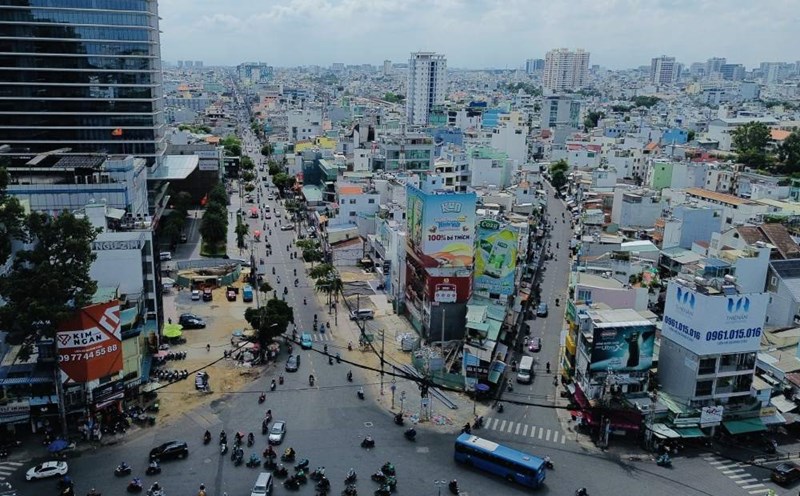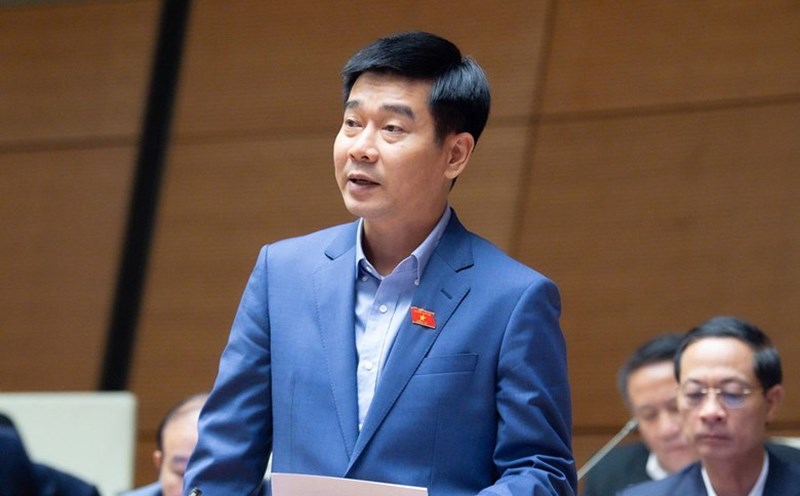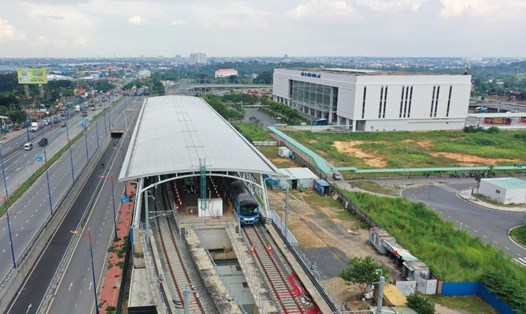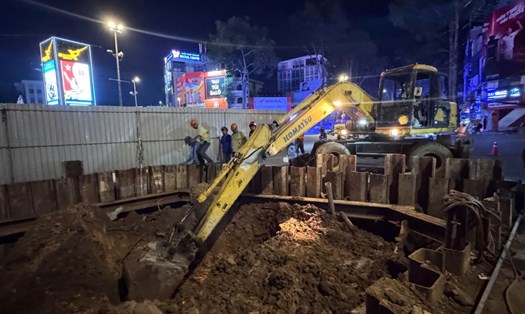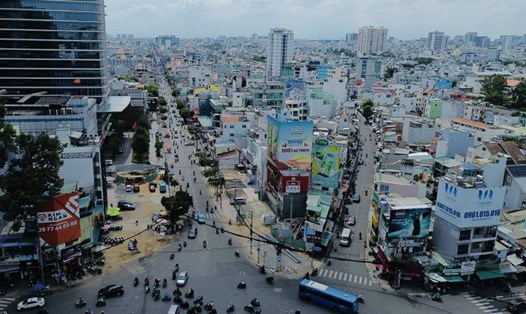Opportunities for mechanical and electrical enterprises
According to Ms. Ho Thi Quyen - Deputy Director of the Ho Chi Minh City Investment and Trade Promotion Center (ITPC), the investment project in metro lines is a key content in the orientation of developing smart cities according to the TOD model - a model to encourage people to use public transport instead of private vehicles. This is an important tool for the City to restructure urban areas, form a multi-center model and develop sustainably.
The metro system has many outstanding advantages, the transportation capacity is 6-10 times higher than buses and 60-100 times higher than private cars; operating quickly, safely, on time and environmentally friendly thanks to the use of electricity. However, investing in metro construction requires large capital and technology, along with optimal solutions in project design and management.
The metro line 2 project (Ben Thanh - Tham Luong) is currently being accelerated, with a total investment of more than 54,000 billion VND from the City budget. Expected to start construction in April 2026 and operate in December 2030. When completed, this metro line will serve more than 1.5 million passengers/day by 2060.
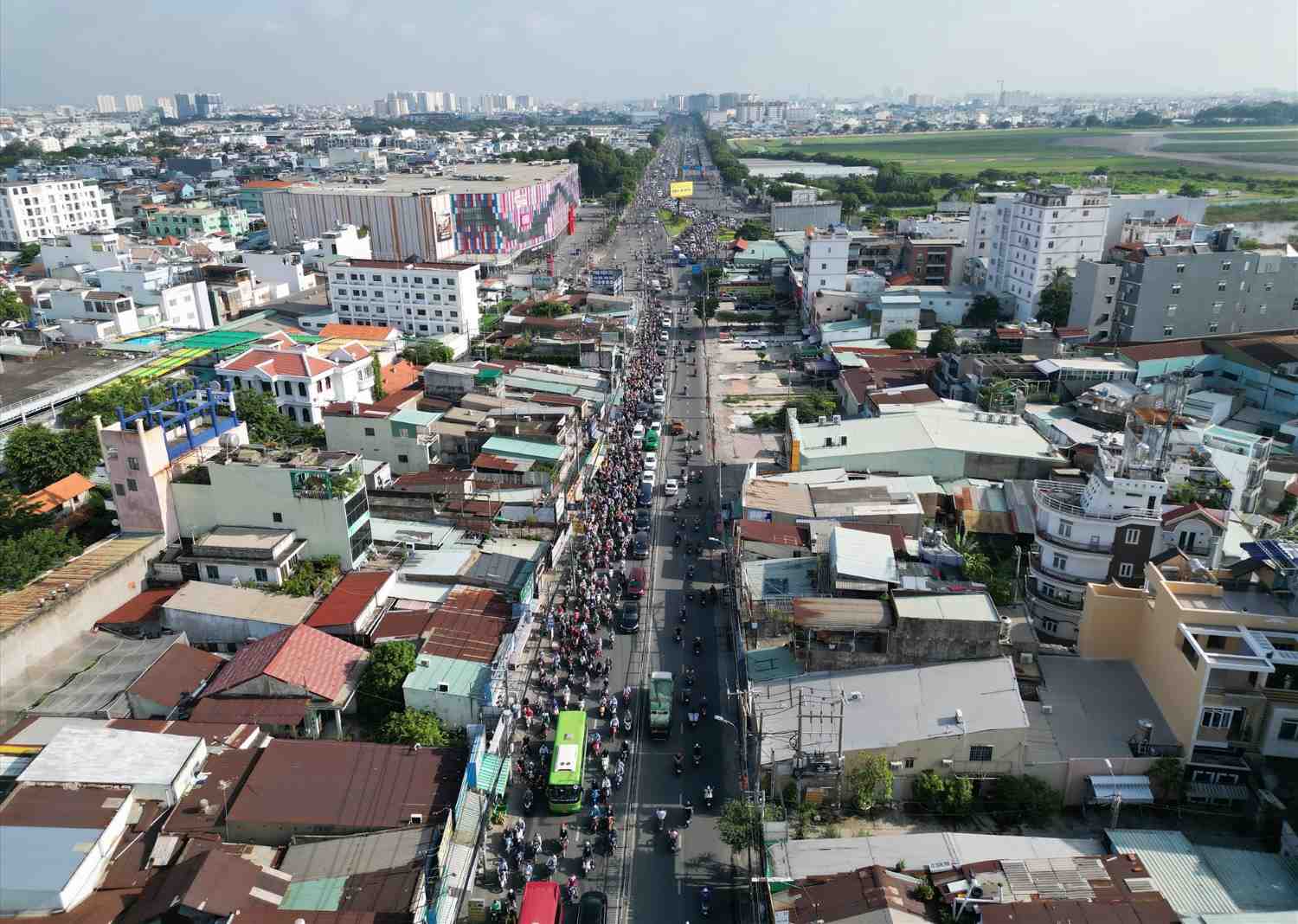
The goal is that by 2035, Ho Chi Minh City will complete 355 km of urban railway, meeting 30-40% of the demand for public transport.
At the workshop " Mechanical support industry - electricity for the urban railway industry" held today (October 24), Mr. Tran Thanh Trong - Vice Chairman of the Ho Chi Minh City Mechanical - Electricity Business Association (HAMEE), commented that urban railway development is not only a national key infrastructure project but also an opportunity to demonstrate Vietnam's industrial capacity.
Vietnamese enterprises can completely take on auxiliary items such as power supply, ventilation, fire prevention and fighting, elevators, and automatic control. However, to participate deeply in the supply chain, businesses need to invest in technology, standardize processes, develop human resources and cooperate with international contractors. HAMEE also recommends that the Urban Railway Management Board prioritize the use of domestic products to reduce investment and operation costs and increase technological autonomy.
Synchronizing mechanisms, planning and attracting investment
According to Dr. Nguyen Minh Khoa (University of Technology - VNU-HCM), to meet the Vietnam railway development strategy for the 2025-2030 period, it is necessary to train at least 35,000 high-quality human resources, including more than 14,000 people with university degrees. This is a key factor to help Vietnam master technology, operate and maintain metro lines in the future.
According to Mr. Nguyen Vinh Toan - Deputy Director of the Ho Chi Minh City Department of Construction, the city's urban railway network is planned to be more than 1,000 km long, including 12 routes in the central area and routes connecting Binh Duong, Ba Ria - Vung Tau, Dong Nai. The implementation of Resolution 188 has helped the City shorten procedures, appoint bids faster, speed up the start of metro line 2 and prepare to simultaneously invest in 9 other lines by 2027.
Notably, many large private corporations such as Vingroup, Truong Hai (THACO), Sovico have expressed interest in investing in new metro lines in the form of public-private partnership. The city is currently guiding investors to carry out research procedures and establish projects according to the provisions of the Investment Law.
Ho Chi Minh City is urgently reviewing the overall planning of the urban railway network, making the most of the specific mechanisms, building an investment roadmap in line with the vision of developing a smart, green and modern urban area - in which metro is the "backbone" of the future public transport system.

